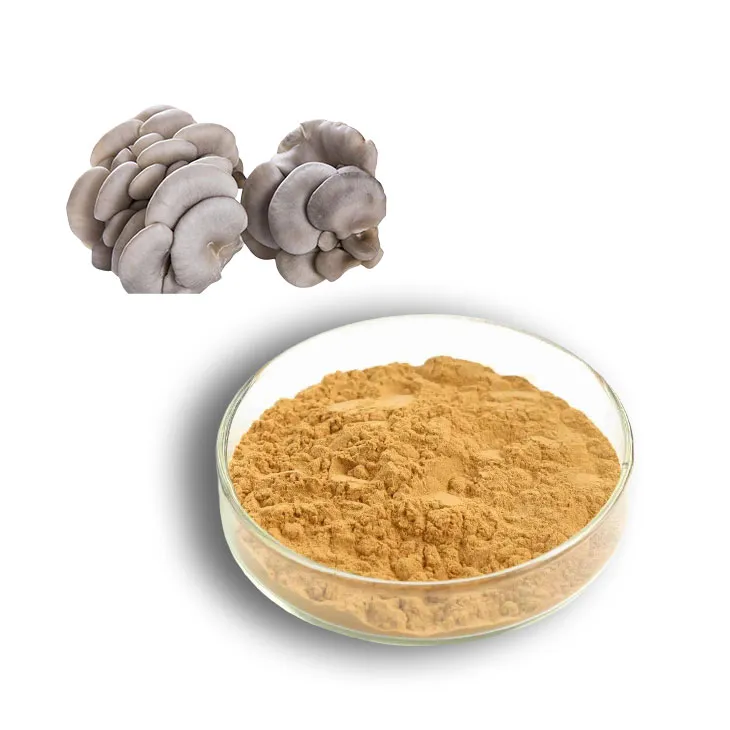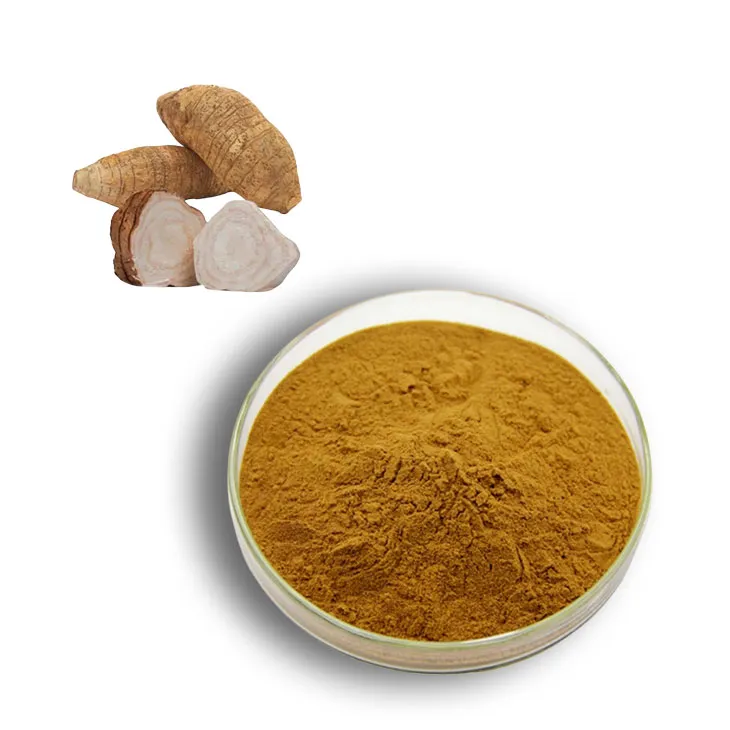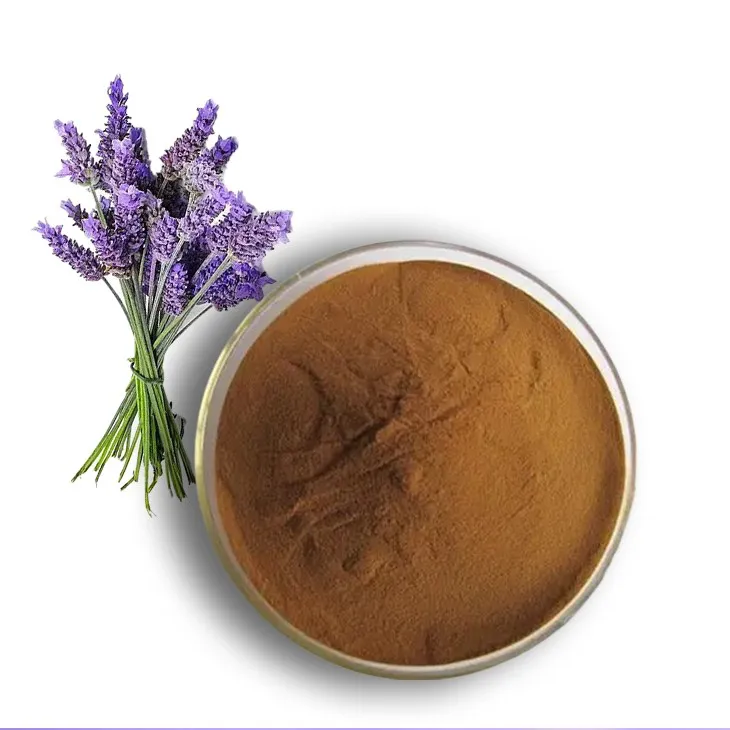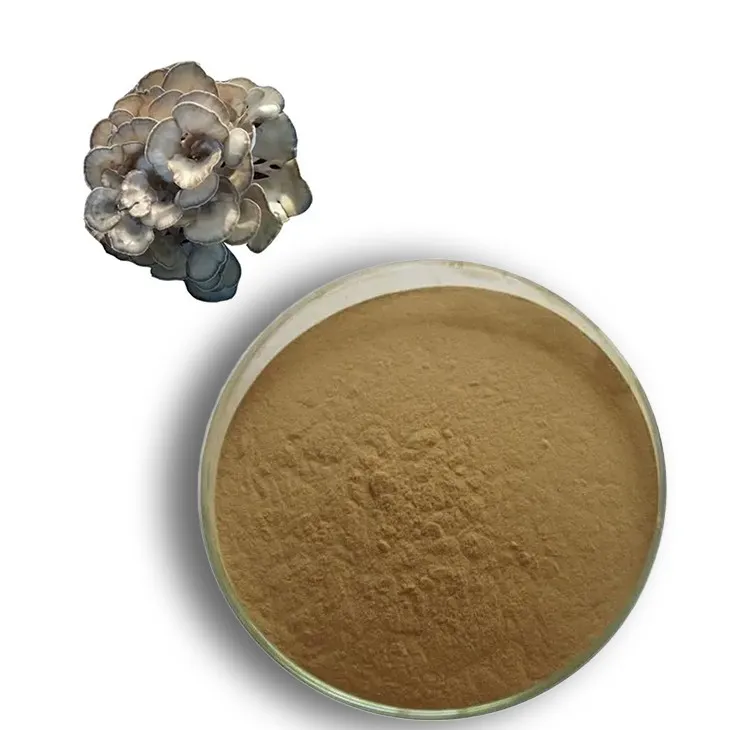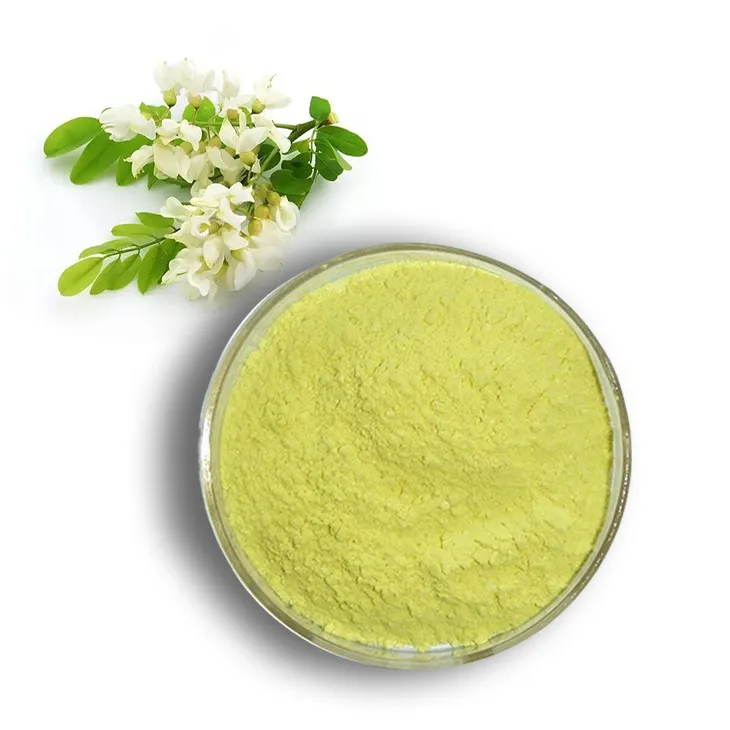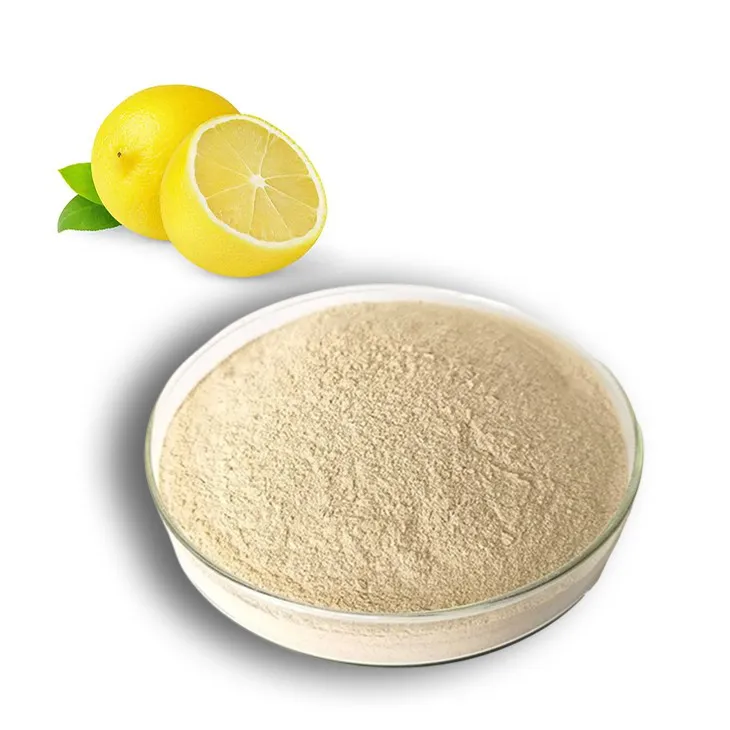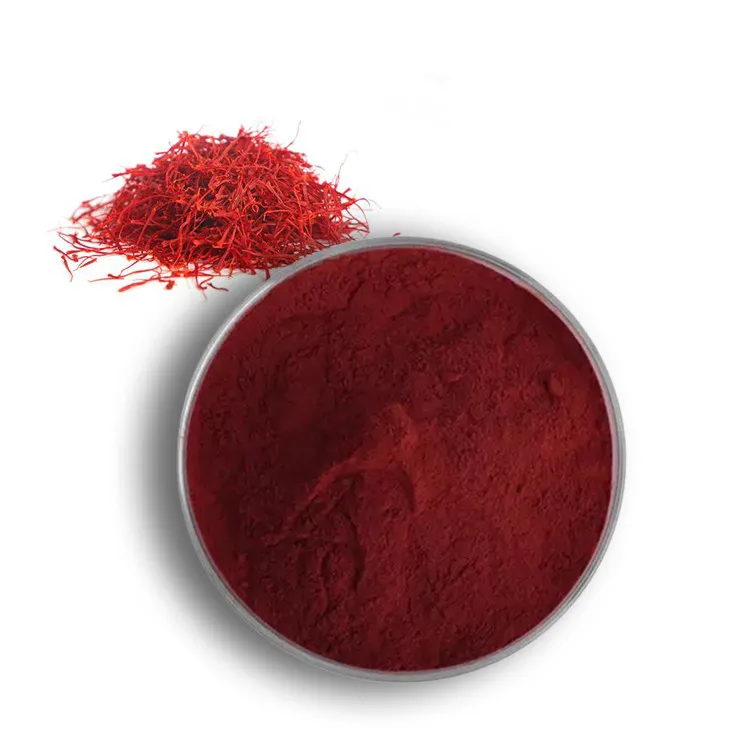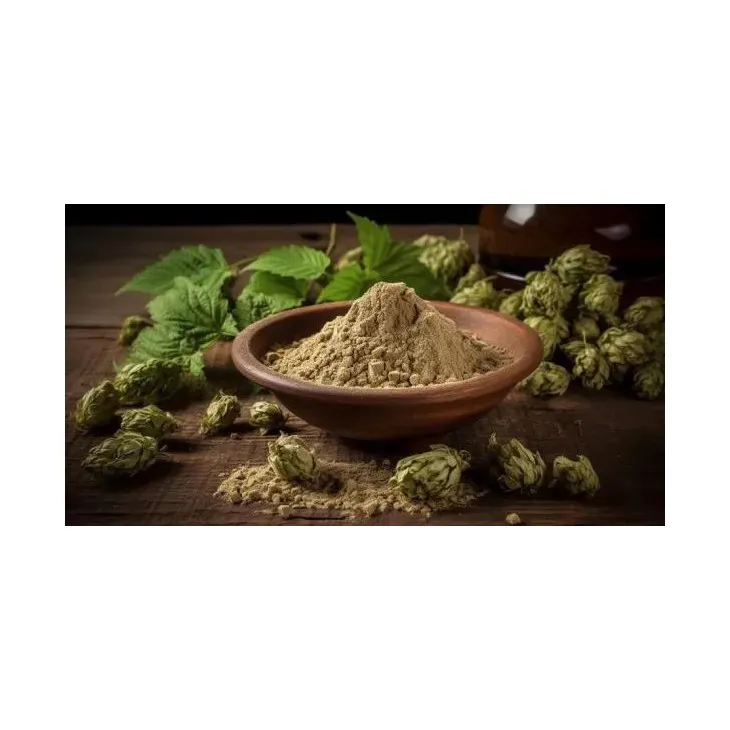- 0086-571-85302990
- sales@greenskybio.com
Lycopene in Tomatoes: A Potent Antioxidant and Its Health Benefits
2025-08-16
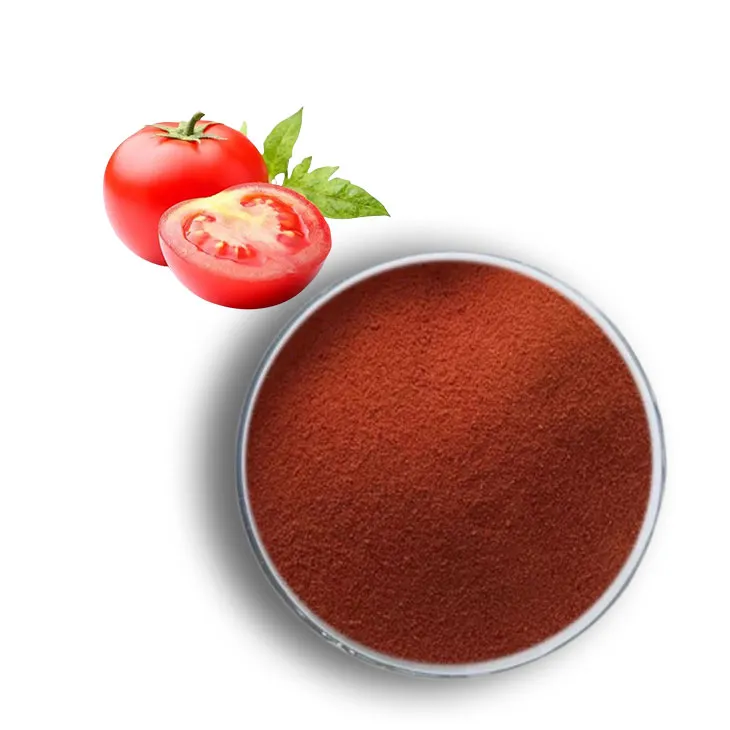
Tomatoes are often celebrated not only for their versatility in culinary applications but also for their rich nutritional profile. One of the key compounds that make tomatoes nutritionally remarkable is Lycopene, a powerful antioxidant responsible for the vibrant red color of tomatoes. Lycopene has been the subject of extensive research due to its potential health benefits, ranging from heart health support to cancer risk reduction. This article explores what Lycopene is, its significant health benefits, factors affecting its bioavailability, and how to incorporate it effectively into your diet.
What Is Lycopene?
Lycopene is a naturally occurring carotenoid, a class of pigments in plants responsible for bright red, yellow, and orange hues in many fruits and vegetables. Unlike most carotenoids, lycopene does not have vitamin A activity but is an exceptionally powerful antioxidant. Antioxidants are compounds that neutralize free radicals, unstable molecules that can damage cells and contribute to chronic diseases and aging.
Lycopene is found in high concentrations in tomatoes and tomato-based products such as sauces, pastes, and juices. Other sources include watermelon, pink grapefruit, papaya, and guava, although in lesser amounts. Among these, tomatoes serve as the primary source of lycopene in the human diet, making them a staple for individuals seeking to benefit from this potent nutrient.
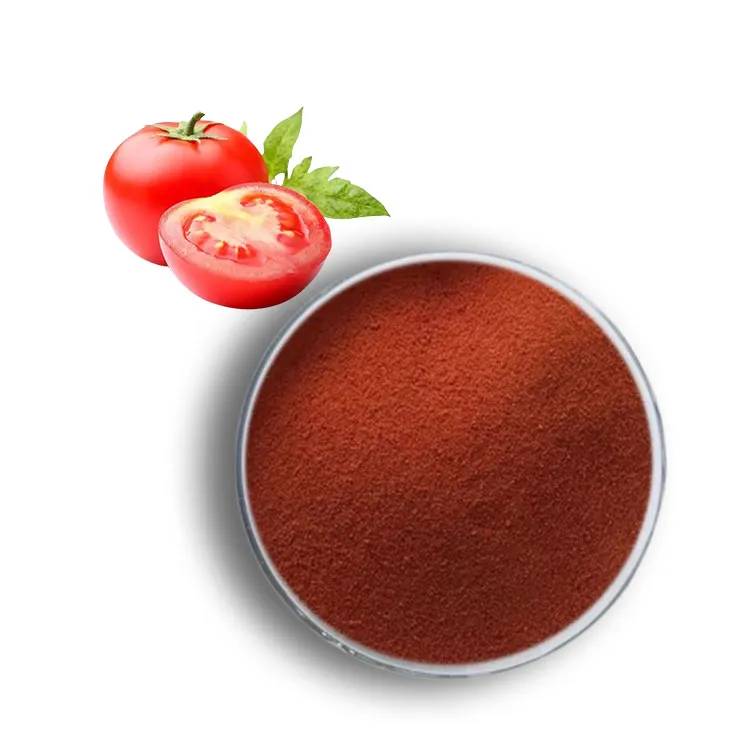
The Health Benefits of Lycopene
1. Cardiovascular Health
Lycopene is widely studied for its role in promoting heart health. Observational studies indicate that higher blood levels of lycopene are associated with a decreased risk of cardiovascular diseases. One way lycopene supports heart health is by improving endothelial function—the ability of blood vessels to contract and relax efficiently. This improvement correlates with decreased blood pressure, a key risk factor for heart disease.
Additionally, lycopene helps lower LDL (bad) cholesterol levels while preventing the oxidation of these cholesterol molecules. Oxidized LDL is a primary contributor to plaque formation in the arteries, making lycopene a valuable ally in preventing atherosclerosis (hardening of the arteries). This dual action—lowering cholesterol and reducing oxidation—can drastically lower the risk of heart attacks and strokes.
2. Cancer Risk Reduction
The role of lycopene in cancer prevention has been widely studied. Lycopene's antioxidant and anti-inflammatory properties help reduce oxidative stress and limit DNA damage, two critical pathways involved in the development of cancer.
Research has linked higher lycopene consumption, particularly from tomatoes, to a reduced risk of prostate cancer. Other studies suggest that lycopene may also affect the risk factors for cancers of the lung, stomach, and breast. While more research is required to confirm and further unravel these mechanisms, evidence strongly points to the protective properties of lycopene.
3. Skin Protection from UV Damage
Lycopene has also been identified as an essential nutrient for skin health. Thanks to its antioxidant properties, lycopene helps reduce the damage caused by ultraviolet (UV) rays. Sunlight exposure can create free radicals that damage the skin, leading to signs of premature aging and increasing the risk of skin cancer.
Several studies have shown that consumption of lycopene improves the skin’s resilience against UV radiation. Regularly eating lycopene-rich foods can reduce skin redness and sensitivity caused by sunburn. While lycopene cannot replace sunscreen, its protective properties make it a beneficial nutrient for skin health.
4. Eye Health
Carotenoids like lycopene have long been associated with improving eye health. Lycopene plays a role in reducing oxidative stress in the eyes, which is a contributing factor to age-related macular degeneration (AMD) and cataracts. Consistent intake of lycopene may slow down the aging process of eyes and support long-term visual acuity.
5. Reducing Inflammation
Chronic inflammation is a root cause of many diseases, including diabetes, arthritis, and neurodegenerative conditions like Alzheimer’s disease. Lycopene’s anti-inflammatory effects can significantly reduce levels of inflammation markers in the body. This makes lycopene a powerful nutrient for maintaining long-term health and mitigating the risks of inflammatory diseases.
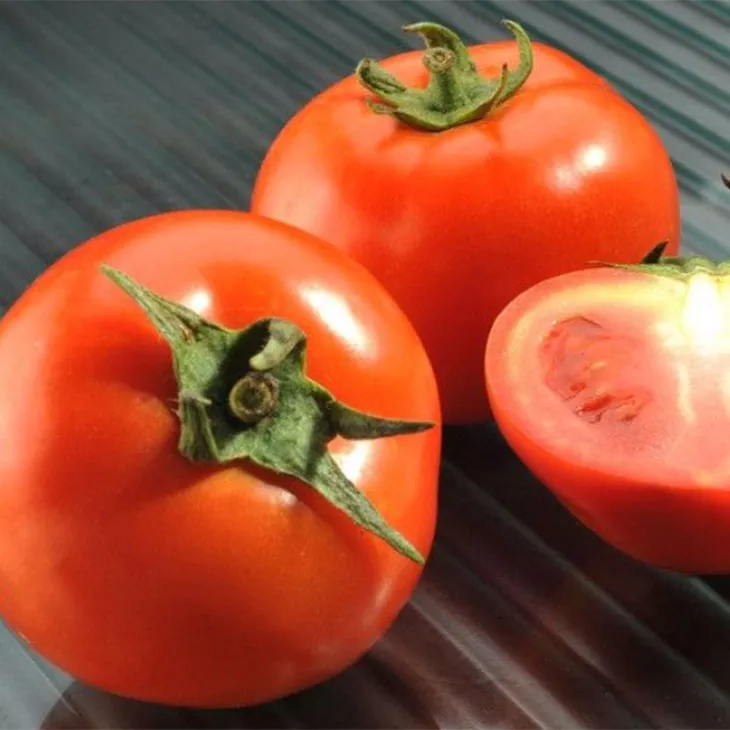
Factors That Affect Lycopene Bioavailability
While lycopene offers significant health benefits, its absorption and bioavailability (how effectively the body can absorb and use it) can be influenced by several factors:
1. Cooking and Heat Processing
Cooking tomatoes enhances lycopene bioavailability. Heat breaks down the plant’s cell walls, releasing lycopene and making it easier for the body to absorb. Cooked or processed tomato products, such as tomato sauce, paste, and ketchup, often contain more bioavailable lycopene compared to raw tomatoes.
2. Fat Intake
Lycopene is a fat-soluble compound, meaning it dissolves in fats rather than water. Consuming lycopene-rich foods such as tomatoes alongside healthy fats, like olive oil or avocado, can significantly enhance its absorption.
3. Tomato Variety
Not all tomatoes are created equally when it comes to lycopene content. Tomatoes with a deep red color generally have higher lycopene levels than lighter or yellow varieties. Therefore, choosing richly colored ripe tomatoes can increase lycopene consumption.
4. Processing and Storage
Lycopene levels can also be affected by how tomatoes are processed and stored. Some studies suggest that canned or preserved tomato products retain high lycopene levels due to minimal degradation during processing.
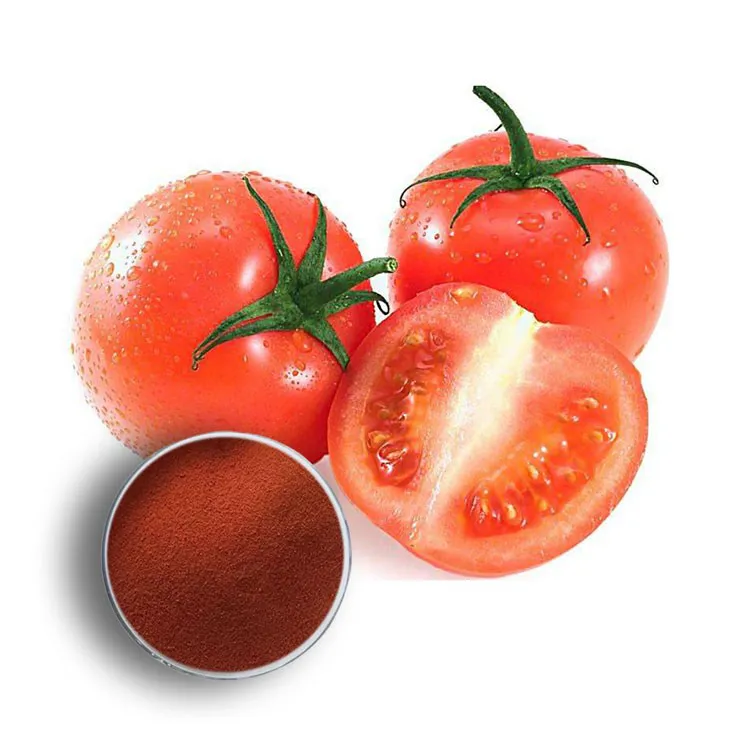
Ways to Incorporate Lycopene Into Your Diet
Enhancing your intake of lycopene through dietary sources is both simple and enjoyable. Here are some practical ways to include lycopene-rich foods in your meals:
- Tomato Sauces and Soups: Cooked tomato-based sauces and soups are excellent sources of bioavailable lycopene. They are easy to prepare and go well with a variety of dishes.
- Fresh Tomatoes: Add slices of raw tomatoes to salads, sandwiches, and wraps for a versatile and nutrient-packed addition.
- Tomato Juice: A nutritional beverage, tomato juice is rich in lycopene and can be enjoyed as a refreshing snack or breakfast option.
- Salsa and Condiments: Add homemade salsa, marinara sauce, or tomato-based relishes to your meals for a flavorful way to increase lycopene intake.
- Roasted or Grilled Tomatoes: Roasting and grilling enhance lycopene availability while adding a delightful depth of flavor to tomatoes.
Balancing Lycopene with Other Nutrients
While lycopene is undoubtedly a powerful nutrient, it is important to remember that no single compound is a magic bullet for health. Incorporating lycopene-rich foods should be part of a balanced diet that includes a variety of fruits, vegetables, whole grains, healthy fats, and proteins. Synergistic effects between nutrients often enhance overall well-being, underscoring the importance of dietary diversity.
Conclusion
Lycopene stands out as a potent antioxidant that offers numerous health benefits, from supporting cardiovascular health and reducing cancer risk to protecting the skin and eyes. Found primarily in tomatoes, this beneficial compound becomes even more accessible when tomatoes are cooked or paired with healthy fats. Understanding how to maximize lycopene’s bioavailability and incorporating it regularly into your diet through tomato-based dishes can be a significant step toward better health. As part of a balanced and varied diet, lycopene’s potential to enhance long-term health is truly remarkable.
- ▶ Hesperidin
- ▶ Citrus Bioflavonoids
- ▶ Plant Extract
- ▶ lycopene
- ▶ Diosmin
- ▶ Grape seed extract
- ▶ Sea buckthorn Juice Powder
- ▶ Fruit Juice Powder
- ▶ Hops Extract
- ▶ Artichoke Extract
- ▶ Mushroom extract
- ▶ Astaxanthin
- ▶ Green Tea Extract
- ▶ Curcumin
- ▶ Horse Chestnut Extract
- ▶ Other Product
- ▶ Boswellia Serrata Extract
- ▶ Resveratrol
- ▶ Marigold Extract
- ▶ Grape Leaf Extract
- ▶ New Product
- ▶ Aminolevulinic acid
- ▶ Cranberry Extract
- ▶ Red Yeast Rice
- ▶ Red Wine Extract
-
Oyster Mushroom Extract Powder
2025-08-16
-
Pueraria Lobata Extract
2025-08-16
-
Lavender Extract
2025-08-16
-
Maitake Mushroom Extract
2025-08-16
-
Troxerutin
2025-08-16
-
Lemon Extract
2025-08-16
-
Soy Extract
2025-08-16
-
Saffron Extract Powder
2025-08-16
-
Beetroot juice Powder
2025-08-16
-
Uridine-5'-monophosphate Disodium salt
2025-08-16











